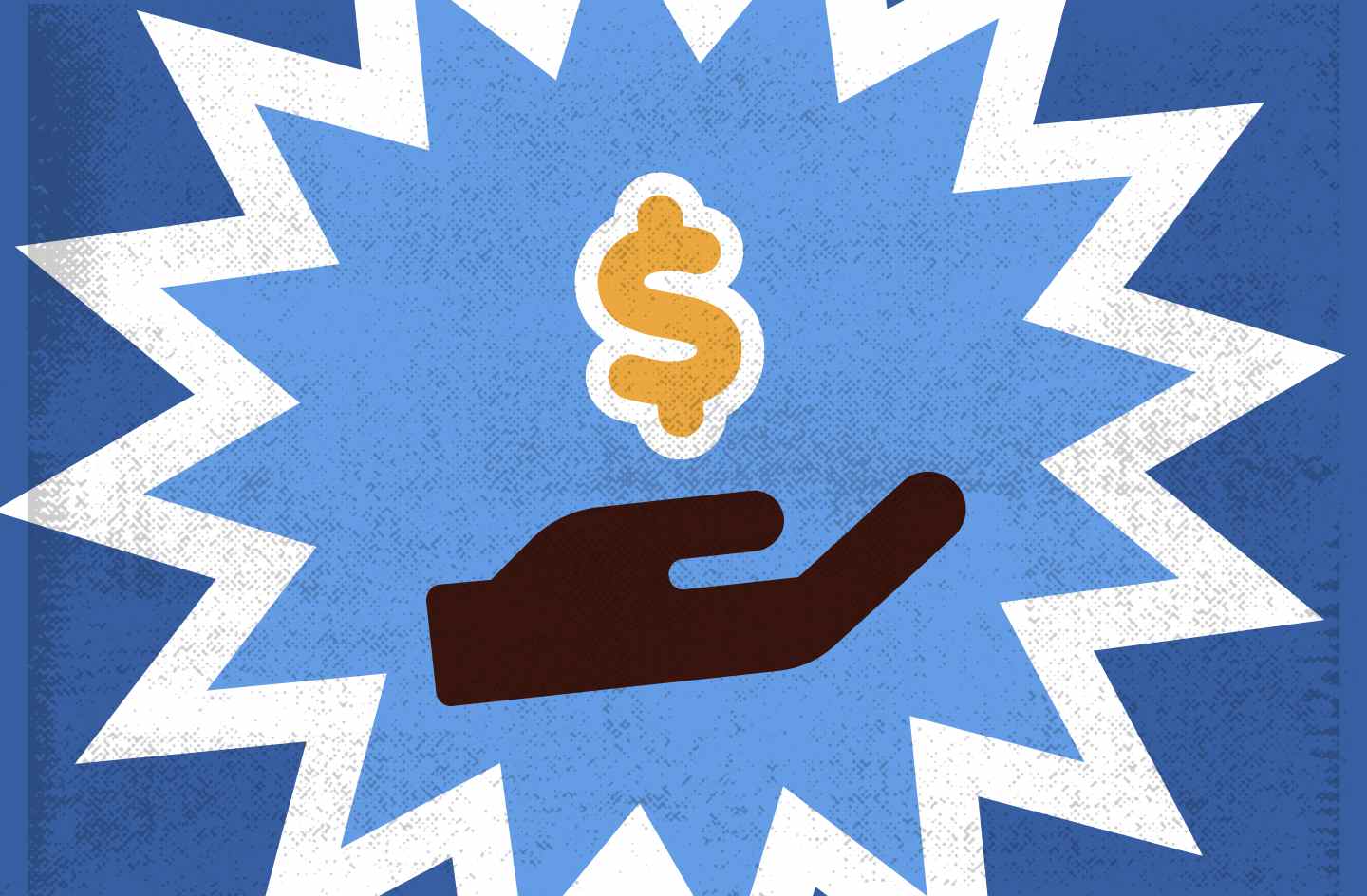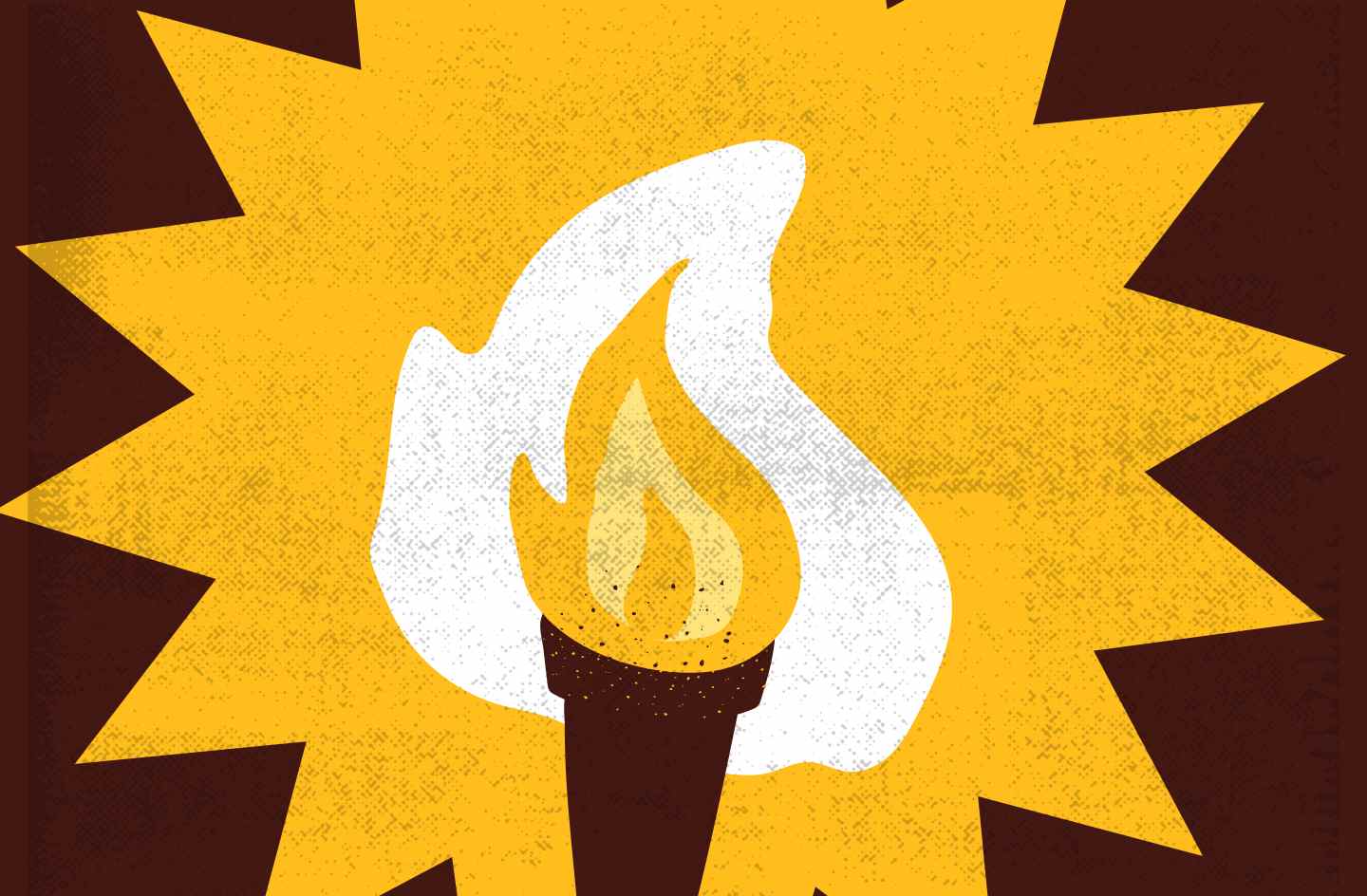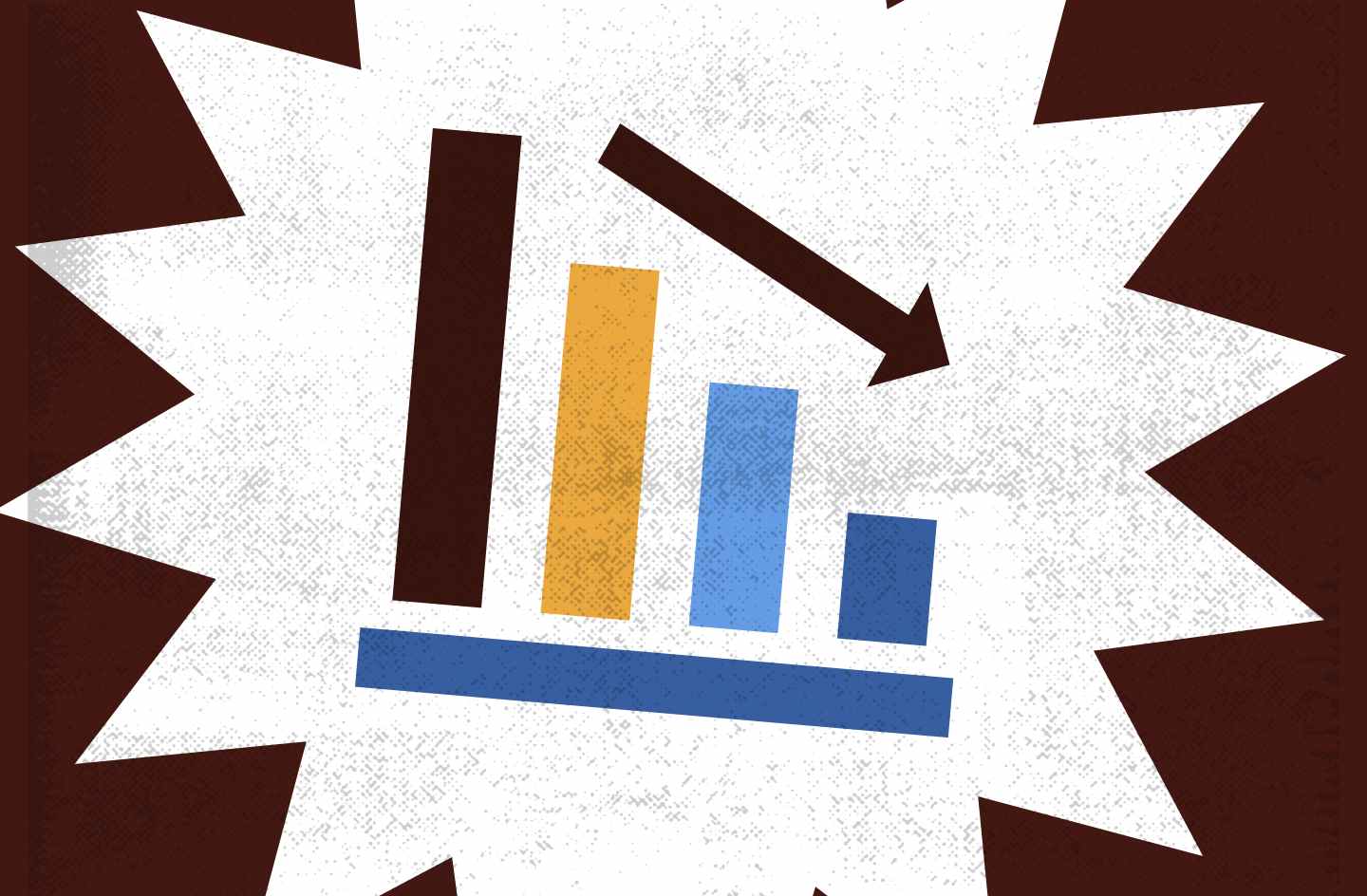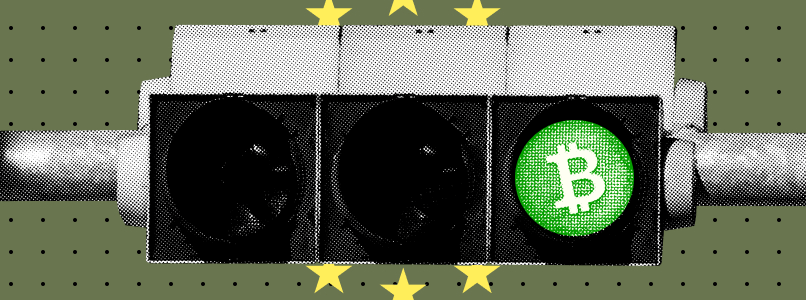We continue to delve into the terminology used by traders. The first part with the simplest terms was covered in another article (if you haven’t read it, go to this link). More complex terms are next.
Advanced Terms
Capitalization — how much money is being traded as a single asset in total. For example, $200 billion has been invested in Ethereum over all time; this is its capitalization.

Day trading volume — the amount of money that has been traded in the last 24 hours. For active cryptocurrencies, the trading volume will be 10-15% of the total capitalization.
Whales — market players that hold large holdings of assets. In the fiat world, whales would be called Wall Street hedge funds. The purpose of a whale is to make a profit by price manipulation. This is usually achieved by simultaneously selling a large number of assets for as much as 2/3 the size of the daily trading volume. Such actions cause the price to fall, after which the whale buys the asset and waits for it to rise to repeat the cycle.
Portfolio — a set of assets owned by a trader. A portfolio can include stocks, bonds, government bonds, cryptocurrencies, real estate and any other asset that can make money. Synonyms in the cryptocurrency trading world: “Cryptoportfolio,” “Blockfolio,” “Cryptofolio.”
To fix profit — the result of trading. When a trader buys assets, he sets himself an exit point — the price at which he will sell. When this point comes, the trader sells assets from the portfolio to make a profit. When he manages to execute the trade and make a profit, the trader is said “to have fixed a profit.”

Order — the process by which a trader makes a transaction to buy or sell an asset. When a trader places his order on an exchange, he is said “to have opened an order.” If the trader succeeds in buying or selling the desired asset, the trader is said “to have closed the order.”
Position — the result of “opening an order”. A position will be any asset the trader holds on the exchange profile for the purpose of selling or buying. For example, if a trader has a trade to buy 20 ETH coins, this is called an “open position.”
Neo-traders, nubs, newbies, beginners — traders or speculators who have little experience in trading.
YOLO — a neo-trader’s term that refers to a situation where a person uses all available money to buy one asset that he/she considers to be highly profitable.
Price point, candlestick — a tool that shows how much an asset was worth at a particular moment. Price points have a step: from 5 minutes to one year. For example, a price point or candlestick in 15-minute increments on an Ether chart represents a price between 2:15 and 2:30. A candlestick in 1-day increments reflects how much the Ether was worth at midnight on the 27th and at midnight on the 28th.

Bullish trend — a period when the price of an asset is rising. The mnemonic rule: a bull raises the market on its horns and prices rise. During a bullish trend, traders are convinced that the price of an asset will go up. Those who play on higher prices are called bulls.
Bearish trend — a period in the market when the price goes down. The mnemonic rule: a bear falls into the market, presses it down with its belly, and prices fall. During a bearish trend, traders are convinced that the price will go down. Those who play on lower prices are called bears.
Liquidation — when an exchange forcibly closes a trader’s position due to their loss. Relevant in margin trading.
Margin trading — the process of making trades using money borrowed from the exchange.
Leverage — the procedure of borrowing money from the exchange. For example, leverage 1 to 10 will mean, if you put 100 USD on your deposit, the exchange will give 1000 USD on top for trading. By default, the exchange does not allow a trader to fall below their own money in a single trade.

Classic trading — the process of making trades without leverage.
Take Profit — a mechanism that is used to sell an asset at a set price automatically. For example, trader Mike is sure that by June 23, Ether will be worth $2,500. Then, he buys 20 ETH coins and gives the exchange robot the command “Sell 20 ETH coins when the price reaches $2,500 per piece.” Then, the position is supervised by the exchange robot, which sells the coins if the price rises to $2,500.
Stop-loss — a mechanism that protects the trade from turning into a loss. It works like this: the following condition is added to the deal to prevent it from going in the red: “Robot, watch the market. If the price starts to fall to the X mark — sell the asset.” It is recommended to be used for each transaction. It is implemented in exchanges as a separate field in the column when purchasing the asset, filling it out gives a guarantee that the asset will be sold before the position becomes unprofitable.
Long — when betting on a rising rate and opening a position to buy an asset in order to sell it later at a higher price. For example, when Nick is convinced that ETH will rise from $1,800 to $2,000, he opens a long position by buying one Ether. Once the exchange rate reaches $2,000, Nick sells the coins and gains $200 on the rise or fixes a profit.
Short — a mechanism of behavior whereby traders bet on a fall in the exchange rate. It is slightly more complicated than a long. For example, trader Alex is sure that cryptocurrencies are a bubble that is about to burst. To back up his confidence, he borrows 1 ETH coin from a broker and agrees that he will give the coin back in 3 days. Immediately after that, Alex goes to the exchange and places an order to sell Ether, generating $1,800 on this. But the debt has to be paid back, and this is what happens: when Ether falls to $1,400, Alex buys back the coin, pays back the debt to the broker and keeps $400 for himself.

Support level — the belief that if the price drops to a certain figure, then it will begin to rise up. For example, Mike is convinced that Ether’s resistance level is $1,500, so he mortgages the car in preparation for a fall in the rate. Let’s say Mike is right. And when the exchange rate dropped to $1,500, he bought 20 ETH coins. After 24 hours of intense waiting, the price rose to $1,700, and Mike managed to make $200 from each coin.
Resistance level — the belief that the price will rise to some level and begin to fall. For example, Nick is persuaded that crypto is the future but realizes that not everyone thinks so and concludes: after $1,800 per coin Ether will start to fall. Nick then buys coins at $1,700. In order not to go into the red, he sets Take-profit for half of the coins at $1750 and the other half at $1,790. Who knows what’s going to happen, right? Right. When Ether reaches $1,793, the exchange’s trading robot sells Nick’s coins. And the trader gets $50 apiece from selling the first half of the coins and $90 apiece from selling the second half. Later, when the price reaches $1,850, Nick will be eating his heart out, but if the price fell below $1,700, Nick would start to panic and try to sell Ether, going into a real minus.
Trendline — the direction of the price of an asset. For example, if the price of ETH was $1,790 on Monday and reached $1,890 on Friday, Ether is said to have a long-term rising trend. The other situation is if on the three-hour chart the price will gradually go down. This is called a short-term downtrend.
Breakout — when the price of an asset moves above a resistance level, or below a support level. For example, 50 traders are convinced that the resistance level of Ether is at $1,600. People buy coins at $1,500 and wait for Ether to reach $1,600 so they can sell it and avoid spending. Traders are not wrong, the exchange rate has reached $1,600. Traders are making deals to sell the coins. The price goes down to $1,590. But the cryptocurrency world is unpredictable. Ether reverses, rises above $1,600 and breaks the resistance point. Traders are shocked and 25 out of 50 start buying Ethereum, hoping to sell it even higher. This creates a new resistance point of $1,800 per coin.
Oscillators, metrics, tools — instruments that measure where the price is moving and what is happening to it. There are three standard tools: SMA, EMA and RSI. They have a multiplicity. For example, the SMA20 has a multiplicity of 20, and shows the average price of an asset over 20 timeframes on the chart. On a 15-minute chart, the SMA20 will read the average price at 20 price points and show it as a line. When the short SMA20 falls on top of the long SMA100 it is considered as a signal of a change in trend.










